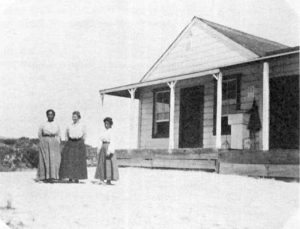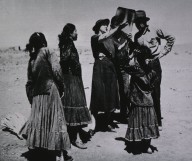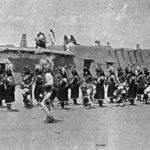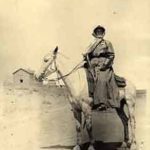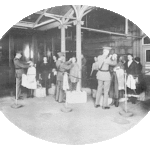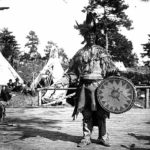Most Europeans settlers believed that their respective cultures were superior to Native American ones, and set about imposing their own ideas upon native peoples as soon as they were able to do so. This thinking led to many tragedies, including reservations and assimilation, with all their cascading ills.
The federal government made a concerted effort to stamp out Native American culture by making job security and food dependent on compliance and forcing children to go to boarding schools, among other strategies. Not everyone supported this thinking or behavior, but it ruled.
By the 1920s, significant protest to federal policy (and field experience) caused leaders to rethink some of their practices. In a paper from 1924, “Is the Indian Susceptible to Health Education,” Dr. A. J. Chesley pointed out that many problems with Indian health had to do with the lack of health education and resources available to native peoples. After discussing a few of the problems a colleague had discovered among Chippewa families, Chesley discussed one of the doctor’s major recommendations to improve their health.
“First, that Chippewa nurses be employed to undertake public health work,” advised the colleague, Dr. S. J. Crumbine. “Experience shows that little progress has been made by white nurses, field matrons, or other workers among the Indians. Considering that the Indian nurses know the customs of the people, understand their point of view and speak their language, it is believed they might earn the confidence of the Indians and induce them to do the things which would benefit the children.”

A Havasupai Indian Woman Receiving an Injection in Knee From Public Health Service Officer, courtesy National Library of Medicine
This suggestion seems like basic common sense to anyone at all sensitive to the cultural needs of other people, but it was evidently a novel idea. Though a better suggestion might have been to allow traditional native healing practices rather than imposing Anglo-based ones, Dr. Crumbine had been speaking specifically about tuberculosis and the close living quarters which spread the disease. In this instance, information about contagion would have been helpful in preventing the spread of the disease, and certainly would be most effective if delivered by a Chippewa nurse.
